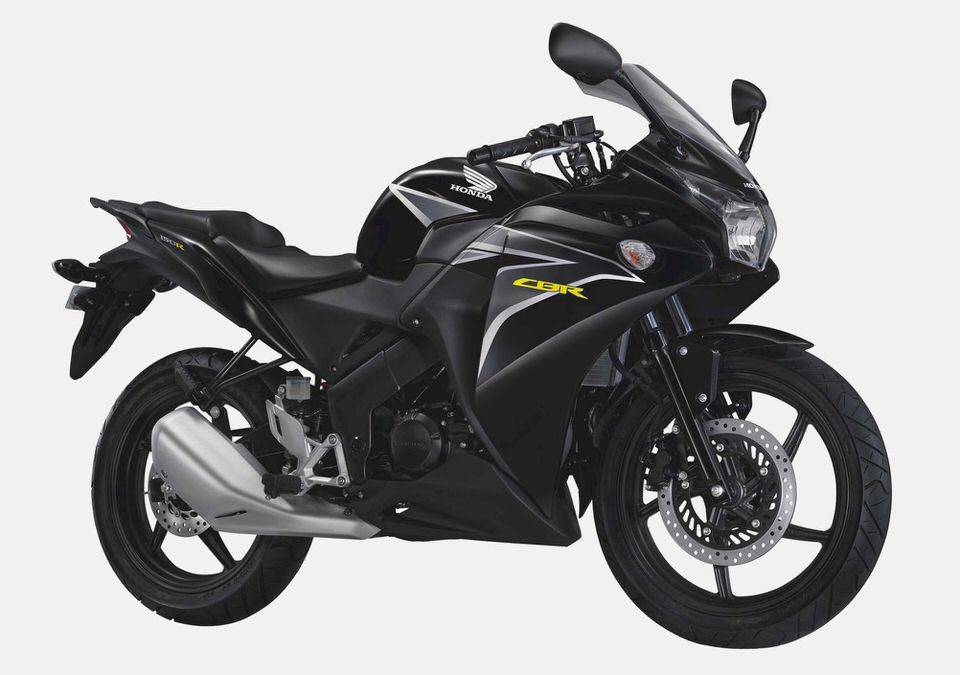
2002 Honda CBR 954 RR
Ok, some of you may be wondering why the 2002 Honda CBR 954 RR is one of the first few bikes featured – it was first released 5 years ago! Well, I think the Honda CBR 954 RR Fireblade is one of the sexiest bikes ever. Not only that, it runs like a dream.
In Singapore, you’ll be lucky if you can find someone selling this bike second hand – no one wants to get rid of the 2002 Honda CBR 954 RR Fireblade…
Here’s the beauty now…
Here is a review (and pics) taken from Motorcyclist Online :
When did we first utter what’s become the standard cliche upon riding a new sportbike for the first time? “How are they going to make it better next year?” Was it the 1989 FZR1000? Or maybe the original CBR900RR of ’93? Whatever. We liked the CBR929RR well enough in ’00 to rank it above the Yamaha YZF-R1 and Kawasaki ZX-9R in spite of a (relative) lack of horsepower.
Year-2001 ushered in the spaceship-odyssey Suzuki GSX-R1000, whose 144 rear-wheel horsies made it impossible to vote down. For ’02, Honda closes the missile gap with a bike that’s even more precise than the 929 (which was already more precise than any of its open-class competition), and with enough new-found torque to at least hang in the GSX-R’s draft. Mr.
Baba has done it again.
Honda’s goal with the CBR line has always been to produce streetbikes that can also be ridden hard at the track, rather than the other way around, and the 954 is the best example of that philosophy at work to date. Not only is the thing faster around the very fast Las Vegas Motorsports Complex’s road course and down whatever public road you aim it, it’s also more comfortable, smoother-running and more user-friendly across the whole work-a-day pantheon than before.
Pity the greasy high-school salvage-yard shopper 10 years hence when thinking this 929 side cover will fit his 954 because the two parts look identical. Wrong. Although the 929 and 954 look almost the same at a glance, save the cool new swingarm, not many parts interchange.
Inside the new, lighter cases, forged pistons 1mm larger in diameter weigh 6 percent less-and look like they belong in a Formula 1 car thanks to their almost completely skirtless design. Honda took a little off the crank, too, and the result is not just more power but increased smoothness, also; at low revs you get some typical CBR buzz, but once humming along at 80 mph and 5500 rpm, the 954 is its own sweet spot.
The chassis likes that speed, too-and, come to think of it, we’ve not yet found a speed it doesn’t like. Honda says the fork springs and damping are same-same as the 929; ditto the rear spring (though it’s wound from thinner wire, which saves seven ounces). The shock now works through a less-progressive linkage, which typically makes the initial travel feel a touch firmer; this one, though, smooths out slabs of freeway and sharp-edged bumps better than before.
Part of that’s simply that the 954 is just plain more comfy than the 929 because the little Honda gremlins changed the shape of the gas tank; it’s now 10mm lower and 10mm shorter. Lower’s no biggie, but scooting the rider almost a half-inch closer to the clip-ons takes a little weight off the wrists, and plants a smidge more rider weight upon the, yes, much more comfortable seat.
Shorter folks will appreciate the fact that that comfy saddle manages to somehow be pretty narrow, too, which makes reaching the ground easy and reinforces the feeling that the 954 is a tiny literbike; this is a good trick because the Honda-which lost three pounds in the transaction from 929 to 954 according to our scales-still outweighs the mighty GSX-R by a scant two pounds. Naturally, the fairing’s reshaped, too, with a taller windscreen for a quieter ride at speed.
You’ve still got your various computer-controlled flaps in the 954′s intake and exhaust tracts opening and closing like the flippers in some high-speed pinball machine, the difference now being that when you go to the whip at approximately 6000 rpm in top cog, or any cog come to think of it, the 954 accelerates substantially quicker than the 929 did-and never mind the dynamometer says the two both produce 68.4 foot-pounds at 8750 rpm. Supposedly, your HTEV (that’d be the “Honda Titanium Exhaust Valve”) goes wide open at 7000 rpm, and it probably doesn’t hurt that the bike’s second-generation computer has more memory and reprogrammed maps instructing the 12 laser-drilled fuel orifices aimed at each 42mm throttle body, either (the 929 had measly little 40mm bodies). Then there’s the old-fashioned extra compression caused when you squeeze 954cc of mixture into combustion chambers that previously held 929cc.
Did we say earlier that the 929 was down on horsepower? That’s not precisely it, because the 128 peak ponies our last 929 put out was actually right in the hunt with everything save the overachieving GSX-R. The 954 ratchets that number up to 132.1, but midrange is really the thing with these bikes; on the street, in particular, you seldom get the tach needle past 8000 rpm or so, and midrange torque is where the CBR lagged a bit.
Again, our dyno numbers don’t explain why the 954 is able to run the quickest 60-80 mph top-gear roll-on we’ve seen: 2.61 seconds.
Driving from the infield onto Las Vegas’ banking with the tach needle wagging its finger between 9000 and 12,000 rpm, WFO all the way from second through sixth gears, the 929 gives up little ground to 954. Driving from lower revs in Vegas’ fast left sweeper, on the other paw, whilst gradually feeding in power from 6000 and 7000 rpm and keeping a wary butt-cheek eye on tirespin, the 954 pulls clearly away from its decrepit ancestor.
And the GSX-R would likely pull away from both, but that would be entirely dependent on who was rattling its chain, which brings us to a racing anecdote. When Rich Oliver was struggling toward a meeting of the minds with the Yamaha R7 superbike a couple of seasons ago, he related how its engineers were always striving for and excited when they extracted more low-rev power from it, the better to drive off the corners. Sadly, they weren’t the ones driving.
Oliver said he’d be happier if they’d leave the bottom-end alone and look for more power in the midrange. Humongous torque down low is good if you can put it to the ground, but the margin for error grows orthopedically slim. Much better, Oliver opined, for the power to really come on when you’re just out of the corner and on the meaty part of the tire.
While the guy on the GSX-R is struggling to put that torque to the ground, the CBR pilot can devote more cerebellum to getting the line right and jetting off the corner. That seems to be the philosophy with the 954: balance. All things in moderation. OK, well, Suzuki won Formula Xtreme last season and Oliver got a one-way ticket back to Palookaville (AMA 250 being the motoequivalent), but you’re no John Hopkins, is the point.
The Honda is far easier to ride, feels like it will turn rings around the inside of the Suzuki, and is therefore a more entertaining and less high-side-threatening a vehicle than the GSX-R1000.
And all of that is neither here nor there unless you’re looking to go literbike racing this season. On the street, where 99 percent of us will be riding these amazing chariots 99 percent of the time, we’d wager the 954 is the catbird seat.
Ridden alongside the GSX-R, the Honda’s clip-ons feel positively dirt-bike high, and while stretched out across the fuel tank a la GSX-R is just the thing for lapping Willow Springs, roosting Latigo Canyon or the San Diego Freeway is another matter entirely. The RR design brief has always been to pack literbike power into a 600-sized package; that’s how this bike feels, more than ever before. As a matter of fact, Honda claims dry weights of 370 pounds for both the 954RR and CBR600F4i.
If the GSX-R might be a little faster around a given racetrack, the tables are turned on any public road where motorcycles congregate. Although spec charts say the CBR is an inch shorter of wheelbase than the GSX-R and three pounds heavier, with similar steering geometry, the two feel completely different. The Suzuki is by no means slow- or heavy-steering, but ridden right after the Honda it is.
Riding on its standard-issue Michelin Pilot radials, the RR is ridiculously agile and light. On our favorite twisty routes, all you have to remember to do is look where you want to go, trust the Honda’s front end (easy to do after the first couple of corners), and the bike rolls on its side and goes there. Change lines midcorner? Just do it. Unlike the GSX-R, the Honda lets you choose your mode.
You can ride it like a literbike-tip-toe in and blast out-or you can treat it like an old Hawk GT and just never slow down. CBR no care.
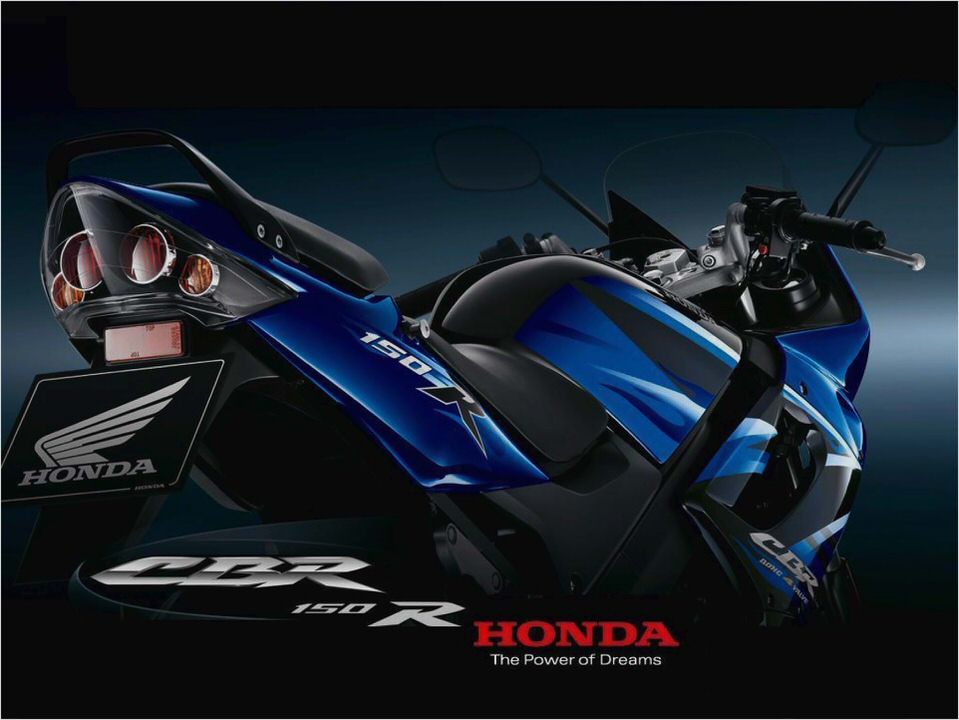
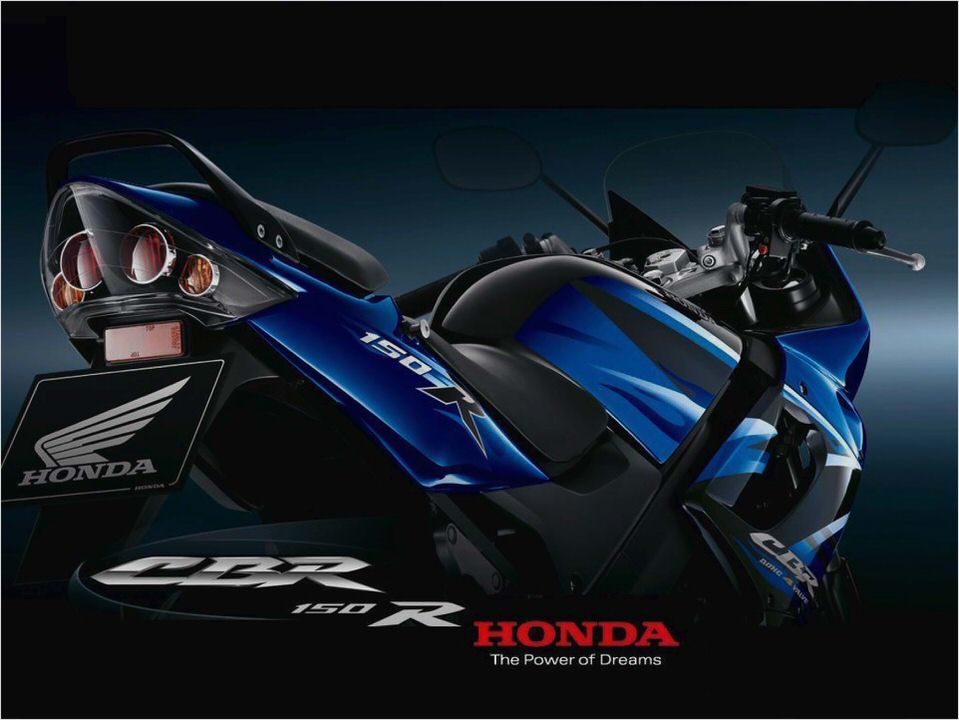
On the track, braking from 150 mph, several riders complained of fork chatter when really hard on the front brake, which Honda attributed to most of us motojournalists being talentless hacks. Hard to argue with that, and in fact the more skilled among us reported no such problem. On the street, the 954′s new 330mm discs and Nissin calipers are scary powerful until you get acclimated.
One finger gets the job done in nearly any retardation situation, with great feel and no complaints from the chassis. Could it be the new Nimuflon-coated pistons with Teflon-coated rollback seals? Hard to say.
The calipers are all-new, too, and “brake-fluid system pressure is increased 10 percent,” which must mean a juggling of master-cylinder piston sizes.
For sport-touring and long stretches, Kawasaki’s ZX-9R has lately been the literbike of choice thanks to its comfortable ergonomic layout; now the Honda is right there, with an even shorter reach to its grips. The Honda also feels quite narrow between the thighs and, again, somebody at Honda is paying attention because the CBR’s previous plank has given way to a reasonably pleasant hunk of foam, good for several hours of prostate pleasure at a time.
The CBR’s suspension is one of the sweetest production setups in memory; the typical CBR excess of high-speed compression damping is nowhere in evidence. Although Honda claims nearly identical springs and damping, the less progressive linkage out back may have the rear riding a tad higher in its travel in cruise mode, and again, the more upright ergos route less road shock through the wrists. Again, engine buzz is way down compared with the 929.
It’s smoooth.
Baba-san still smokes like a chimney and can’t sit still; if you expected a warmed-over, slightly more powerful 929 you were wrong again. Did we mention the new steering-head casting, with increased torsional rigidity of 10 percent? The 954′s frame looks like the 929′s until you start looking, whereupon you’ll note everything is different.
Overall chassis stiffness and rigidity is the same, Honda says, but everything’s reengineered to flex in different places than before-or not flex. Did we mention you never miss a shift because of the redesigned engagement dogs, or that the new titanium muffler takes almost a pound off? That each wheel is 6.0 ounces lighter?
That the cool new pressed and extruded swingarm is 9.2 ounces lighter? That single valve springs instead of the 929′s dual springs reduce unsprung valvetrain weight by 2.5 ounces? That the new neodymium-magnet starter is 14.0 ounces lighter?
We could go on, but by now you get the picture. All new. Improved. All these rule changes in various roadracing classes around the world are a tad confusing, but one clear thing is the factories are paying a lot of attention to literbikes.
That makes us happier than most things. Bring us our cudgels and brown leathers..
Found another review here at MCNews.com.au .
Ride or own the above bike? Or just have something to say about it? Let other readers know what you think by leaving a comment below!
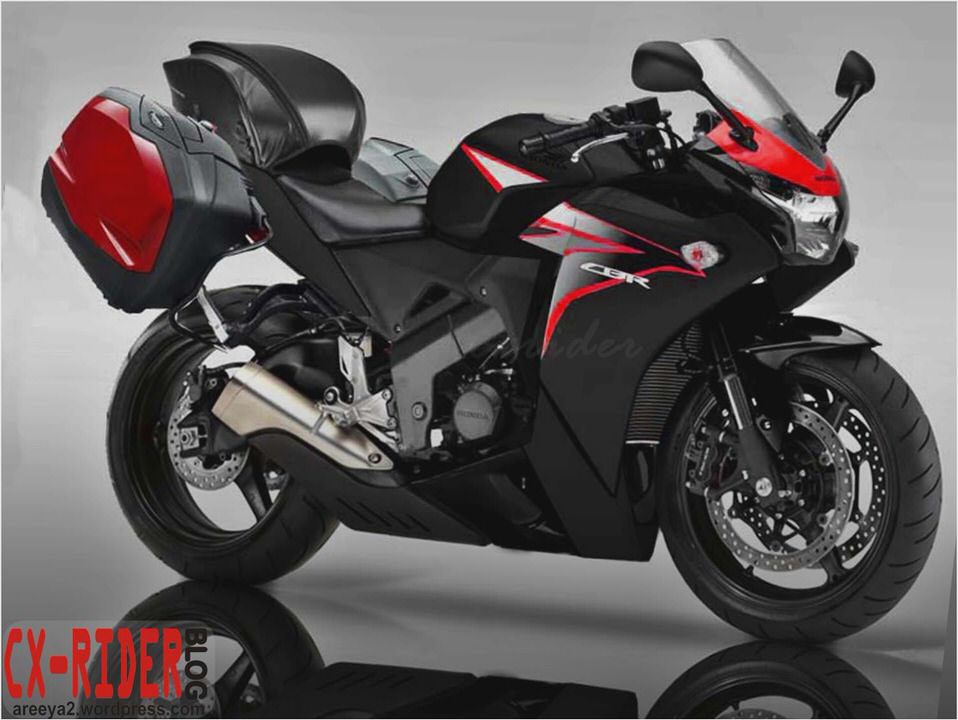
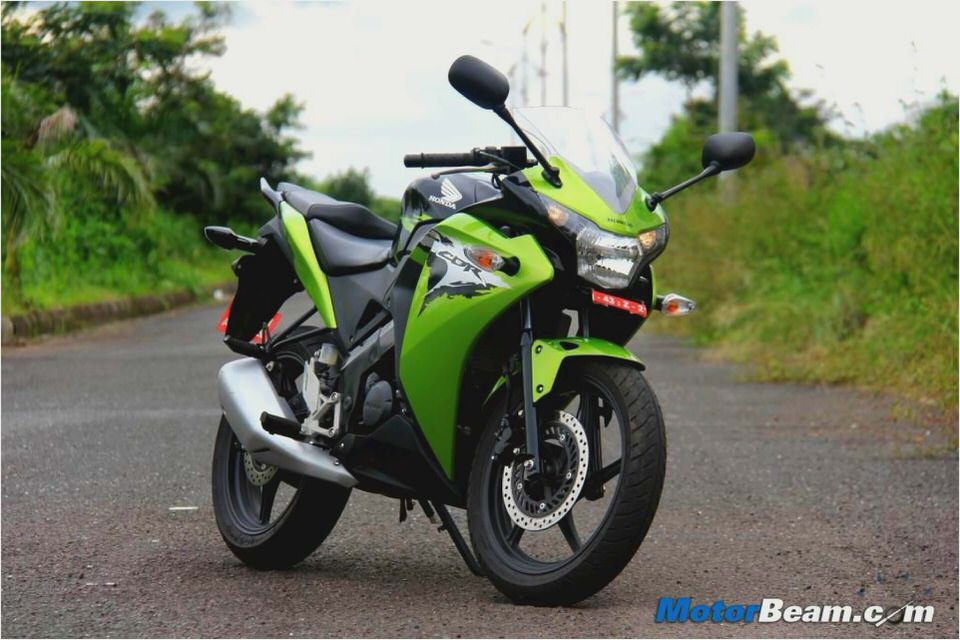

- Honda’s Concept of Oree Electric Motorcycle
- Honda TRX450R ATVConnection.com
- Daytona70 – Honda CB 750 CR – History
- Kouba Link
- The Repsol Honda Team Introduces The RC212V, The Bike For The 2007 World…
